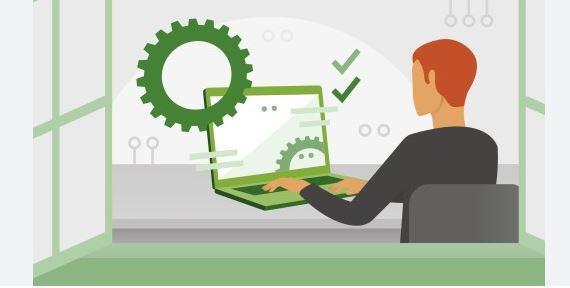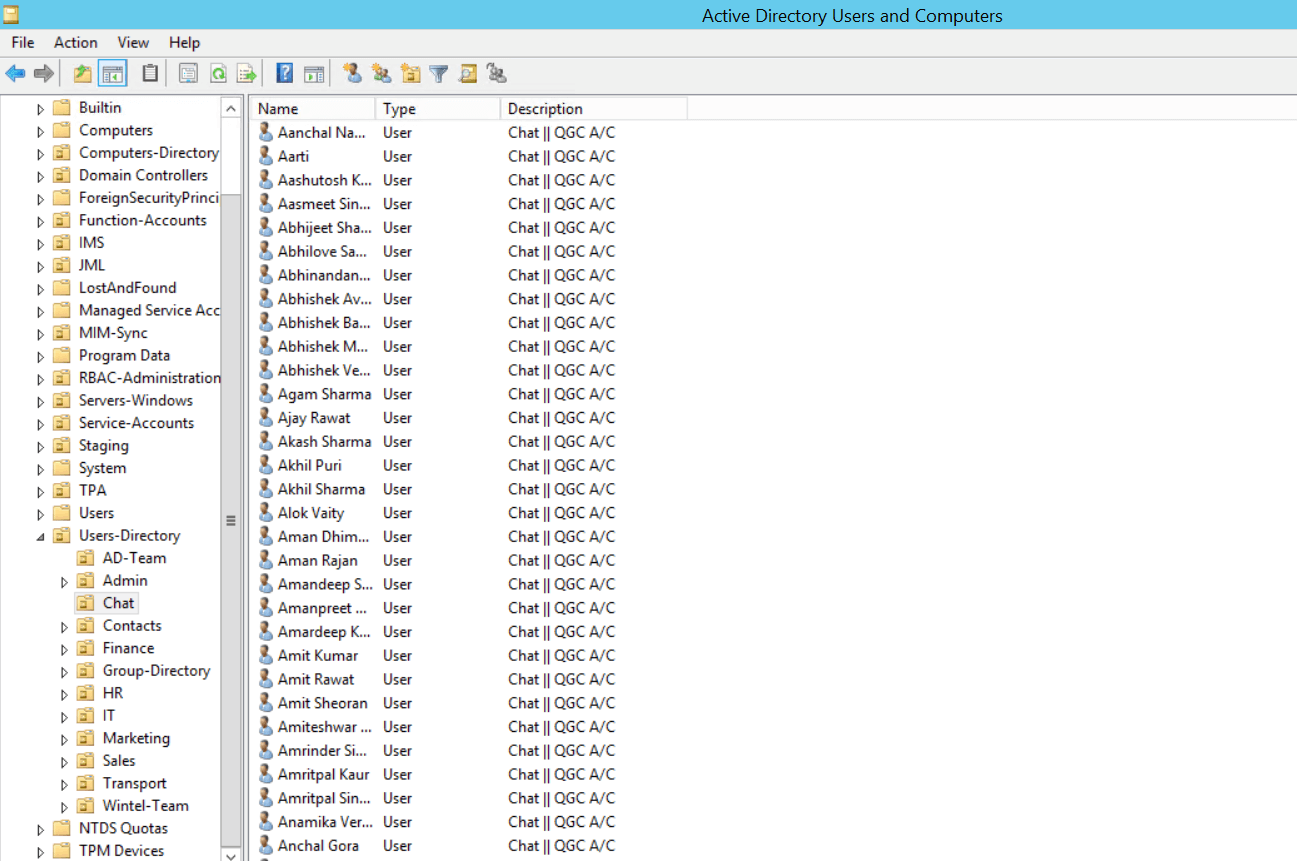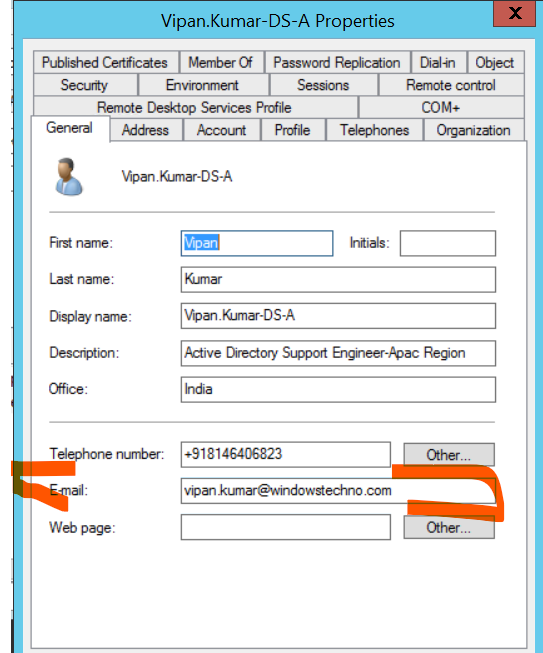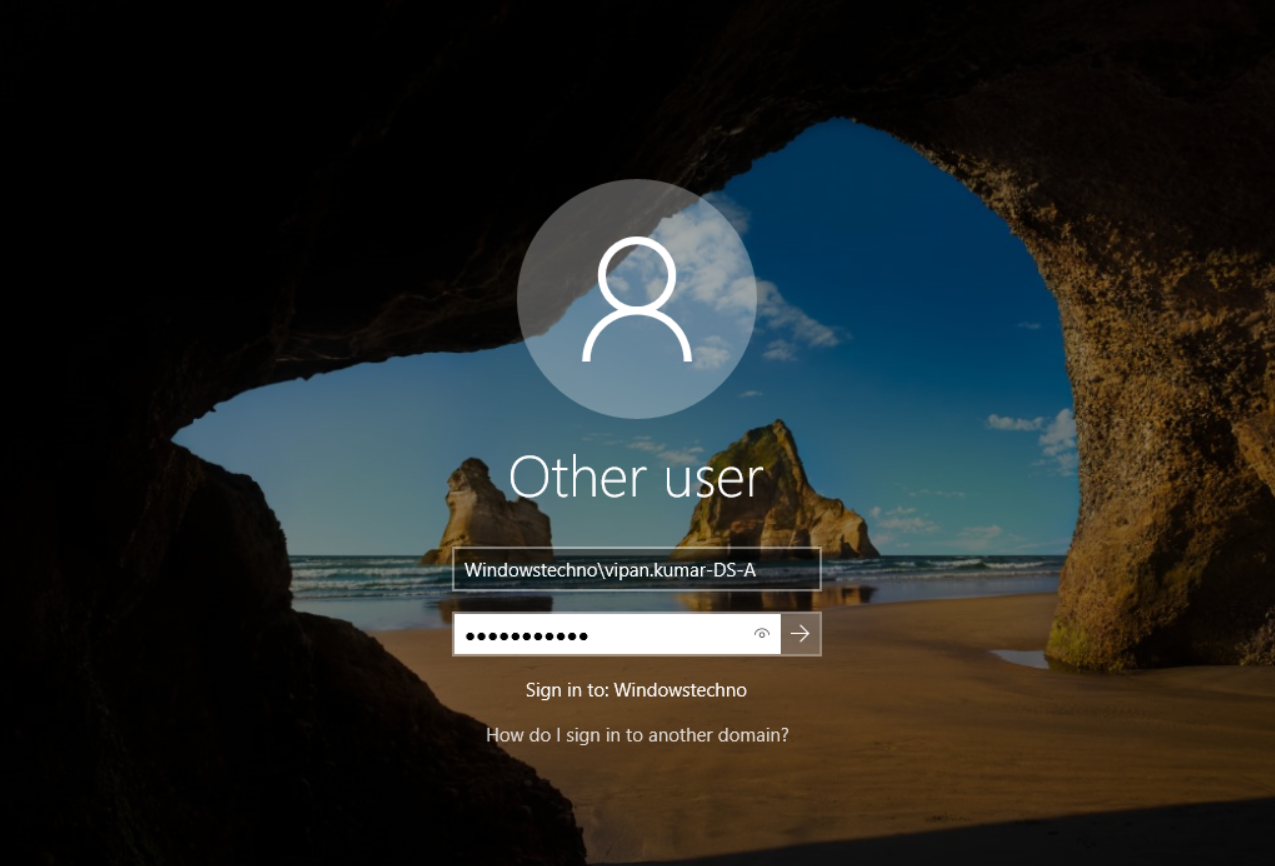Users may quickly log in to the numerous machines in the network using a single set of passwords once network administrators create a user account on the domain controller (DC). A domain user account has several benefits, including centralized authentication, shared access to other resources and services, centralized network policy management, simple administration, and much more.
A domain user account ensures that local users generated on each machine are properly managed. Domain users evolved in response to the problems administrators experience when managing large numbers of computers, peripherals (such as printers and network storage), services, and users. It is impossible to keep information for each user on each individual computer when a network includes a large population of users on various computers.
Domain Users
Allowing each computer to check access through a central source to determine if each user may log in and use computing resources simplifies the burden of managing so many users. Network administrators have just a limited number of machines to keep user information with one central source of user information.
user@domain
The format “user@domain” is typically used to represent an email address, where “user” is the username and “domain” is the domain name of the email service provider. For example, “Vipan.Kumar-DS-A@windowstechno.com” is an email address in the “user@domain” format.
What is domain/user syntax?
The “domain/user” syntax is often used in the context of networked systems and services to represent a login or username format. However, it’s important to note that the specific syntax for login or username can vary depending on the system or service you are using.
In some cases, the “domain/user” syntax may be used to represent a user’s login credentials in the format of “username@domain” or “domain\username” depending on the system’s conventions. Here are a few examples:
- Windows Active Directory: In a Windows Active Directory environment, the login format is typically “domain\username” or “username@domain”. For example, if the domain is “example.com” and the username is “Vipan.Kumar-DS-A”, the login could be represented as “example\Vipan.Kumar-DS-A” or “Vipan.Kumar-DS-A@windowstechno.com”.
- Unix/Linux Systems: On Unix or Linux systems, the login format typically follows “username@domain” or simply “username”. The domain is often not included in the login syntax. For example, if the username is “Vipan.Kumar-DS-A”, the login would usually be represented as “Vipan.Kumar-DS-A” without the domain.
It’s important to consult the specific documentation or guidelines provided by the system or service you are using to determine the correct login syntax in your particular context.
So, that’s all in this blog. I will meet you soon with next stuff. Have a nice day!!!
Recommended content
RODC Installation Guide- Step by step guide to install read only domain controller
Installing and configuring a RODC in Windows Server-2012
How to find the GUID of Domain Controller
Understanding Group Policy Preferences
Group Policy Verification Tool GPOTool Exe
Group Policy Health Check on Specific Domain Controller
Netlogon Folder in Active Directory
Custom Attributes in Active Directory
Tombstone Lifetime of My Active Directory Forest
Computers AD Site From the Command Line
Active Directory Database Integrity
Disabling and Enabling the Outbound Replication
DFS Replication Service Stopped Replication
Strict Replication Consistency
The replication operation failed because of a schema mismatch between the servers involved
Replication information in txt file
Enabling the outbound replication
Guys please don’t forget to like and share the post. Also join our WindowsTechno Community and where you can post your queries/doubts and our experts will address them.
You can also share the feedback on below windows techno email id.
If you have any questions, feel free to contact us onadmin@windowstechno.com also follow us on facebook@windowstechno to get updates about new blog posts.




